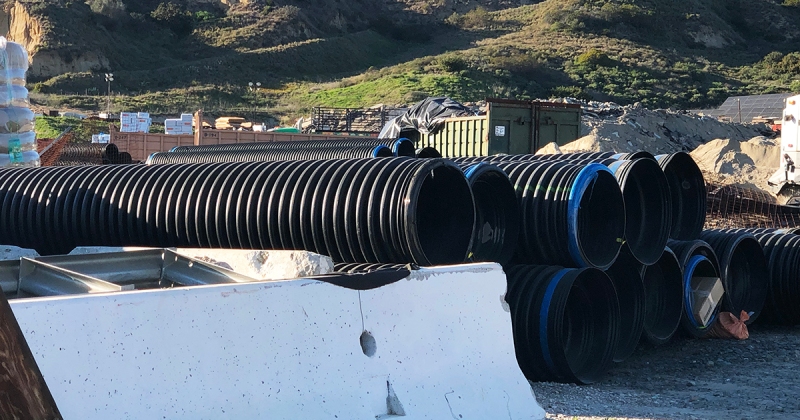This week’s climate story brings us to China. To be more specific, to the construction site for a new hospital in the city of Wuhan. Wuhan is the center of the coronavirus outbreak and the new hospital is being built to isolate and treat people with the virus. Imagine construction noise day and night. Cranes are moving and workers are assembling pieces. The remarkable thing: They are building the hospital in 10 days. Yes, you read correctly, 10 days.
How can that be? In the US it takes years to build a hospital. Building a hospital in 10 days is less then 1% of time compared to a three-year timeline. How can China build a hospital 100 times faster in this emergency situation? What lessons can we learn? And what can we apply to the climate change emergency?

Lesson 1: Scale what works. The plans for the hospital were copied from a similar hospital, built in 2003 during the SARS virus outbreak. The modular design has prefab rooms that have been constructed in factories and just need to be assembled onsite.
There are many climate solutions that work and exist today. According to project drawdown some of the most important solutions are installing wind turbines, restoring tropical forests, and building solar farms. These solutions are there today, we need to copy, apply, and scale them.

Lesson 2: Rethink what doesn’t work. Basically, we are building hospitals the same way we have been for hundreds of years. The new hospital is not a full-service facility, its designed for a single purpose: Isolating and treating people with the coronavirus. They looked at what is needed and removed everything not needed. The planners rethought how this hospital is being used and how it’s being built. With razor sharp focus, they delivered exactly what’s needed, 100 times faster.
Electric cars are a powerful climate solution. If charged by renewables, carbon dioxide emissions fall by 95 percent. Tesla is an example of a climate solution that re-examined, focused, and modernized a product. Their goal was to make an electric car that’s better than a gasoline powered car. By rethinking the dashboard and replacing screens, buttons and the entire conventional dashboard of a car with only one screen, they saved time and money during production while modernizing the way we interact with cars.

Lesson 3: Share a vision. One of the reasons the hospital is being built so quickly is that everybody is working together with the shared vision to contain the virus. Policy, regulations, and funding work towards the same goal. And thousands of workers are building the hospital around the clock in only 10 days.
For climate solutions, funding, policy and people need to be aligned. Right now, a lot of funding and policy works against climate solutions. Seaweed, for example, is a promising climate solution. It captures greenhouse gases and can be used to produce sustainable food, feed, fertilizer and packaging. Yet, it’s incredibly hard to get permissions to start a seaweed farm. Carlos Duarte, a leading seaweed scientist said in an interview with National Geographic it might be easier to obtain a license for an oil rig than it is for seaweed farming. We need to mobilize funding, policy and regulations, and the people working on it towards the same goal.
The new hospital in Wuhan is an incredible accomplishment. There are questions about the sustainability of the prefab rooms as well as its usage after the outbreak. But what we can learn from China is how to respond to an emergency and then apply these principles to the climate emergency.
What do I like most about these lessons in acceleration? They give me hope. Imagine we could respond to the climate emergency 100 times faster than we thought was possible. We need to look at what works and scale it. We need to look at what doesn’t work, and modernize it. And most importantly, we need to all work together. I hope we can respond to the climate emergency faster and better than we ever imagined!

